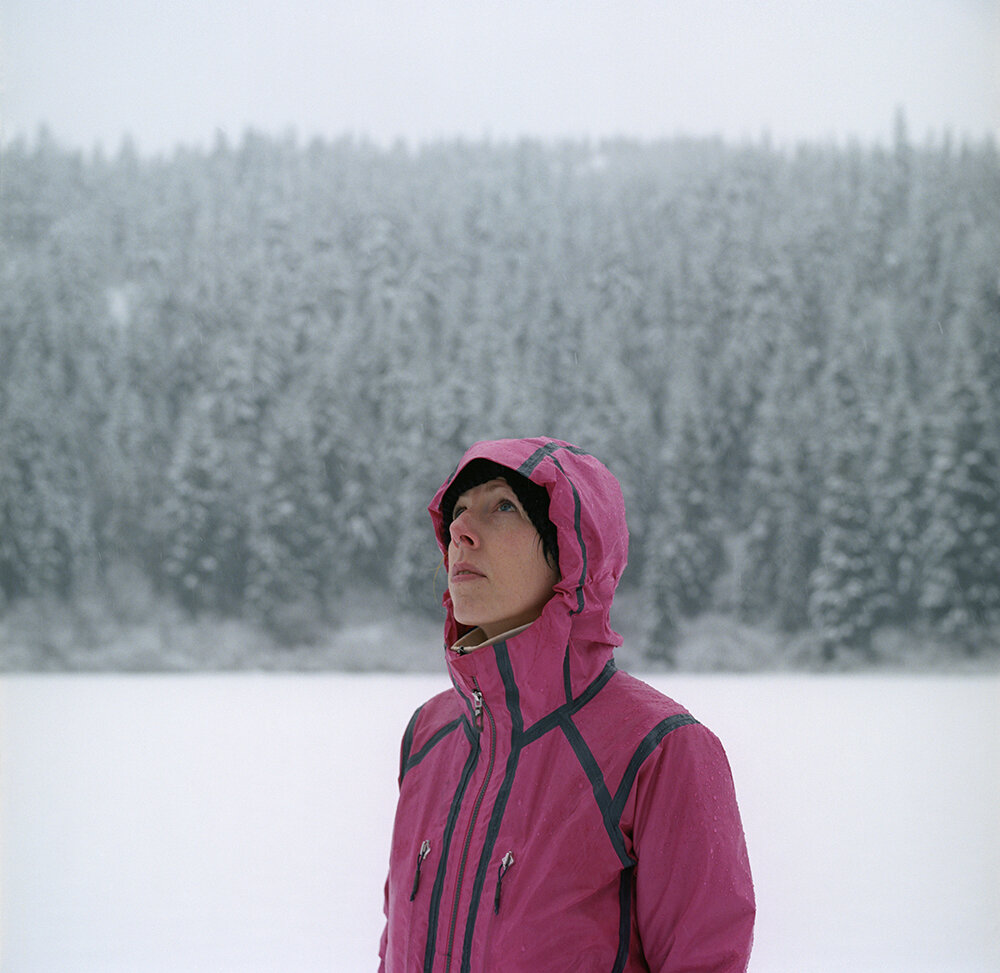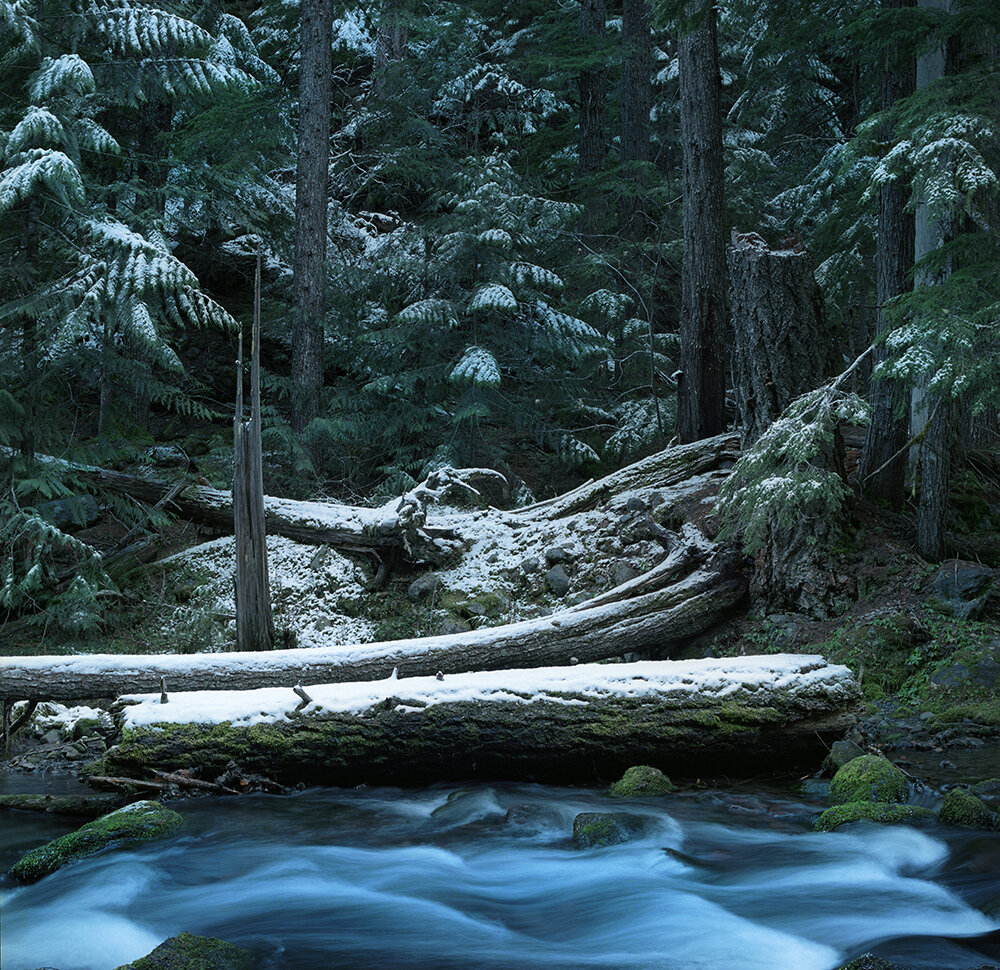Film Friday - December 19th, 2025. Kodak Portra 400 Film Review
We are always cautious of hyperbole in our line of work. Photography is a highly subject business and each photographer has strong feelings as to the best camera, best film, best developer, etc. Having said that, we would hazard to say that Kodak Portra 400 is the king of color films. It does everything well. We have little to no criticisms of it. It is… perfect (gulp). But hear us out, then shoot a roll, and by all means, decide for yourself.
As history has taught us, all works of art take time. Michelangelo required four years to paint the Sistine Chapel while lying on his back adding one detail after another to his masterpiece. Leonardo da Vinci took roughly three years to paint The Last Supper. The path to Portra’s perfection has also been a long one, filled with revisions and tweaks. It is important to remember this. The films we enjoy and work with are the products of years of development and engineering. The technology of color film emulsion grew in leaps and bounds from the 1940s through the 1990s and is still evolving to this day.
The Kodak Portra family was first introduced to us in 1998. At the time the film was announced as Kodak’s professional replaced for the earlier Vericolor films. We initially got three different speeds of Portra - 160, 400 and 800 - as well as two different flavors: NC aka natural color and VC for vivid color. For a brief span of time in the early 2000s we even had a third variety of Portra, that of UC for ultra color. That last addition was also the first to be eliminated and eventually the NC and VC distinctions themselves for molded into one film that split the differences. All this occurred over the course of 2010-2011. Film was going through a dark age during that time and the reduction of options was largely seen as a net negative, with photographers being presented fewer options, but it wasn’t all dark and stormy. Within that merging of NC and VC were also upgrades to the film emulsion and advancements from Kodak’s Vision3 motion picture films were carried over to the Portra still films. What emerged after 2011 was a simpler selection of film, there was only Kodak Portra in 160, 400, and 800, but those three films represented some of the best capabilities of color negative film to be found anywhere. Like the mythical Phoenix rising from the ashes, so too has Portra risen from what many called the death of film to become one of the most respected and used films available.
Kodak Portra 400 is one of those films you can have with you always and everywhere and be able to expect to use it to do anything. Image made with a Pentax 67.
So where to start with the qualities of Portra 400… How about with its “Jack of all trades, master of all trades” attitude. Portra 400 can be your anything/everywhere film. Yes, as marketed it is mostly a portrait film. So it is the go-to film for most wedding film photographers out there. But the reality is that it is not just good at portraits, it can do streets, landscapes, still lifes, and well, everything due to its harmonious balance of color saturation, color reproduction and contrast. Combine those qualities with its ISO 400, which itself is a very versatile film speed and you have a film that can also be used with relative ease in a variety of lighting conditions. And when you run into a lighting condition that Portra 400 cannot handle, Portra 160 and 800 are happy to step in. So, European vacation? Portra 400. Family reunion? Portra 400. Versatile color film for carry-around street snapshots? You guessed it, Portra 400.
So let’s break this down a bit and explain the “why” of the “what”. Portra starts with its color. Kodak has poured a lot of time and resources into the technology that allows Portra to capture color. The results are a film optimized for reproducing skin tones and Portra does this with aplomb. But its saturation is such, neither too high nor too low, that the film renders all objects of color be they people, places or things with both accuracy and appeal. We may still give Kodak Ektar an edge if we know we are going to be solely in landscape mode, but by loading a roll of Portra 400 instead we not only produce landscapes of remarkably similar rich colors but with the flexibility of also sneaking in some lovely portraits here and there. In fact, the only time we really can tell the difference between a film such as Ektar or Portra is the occasional Ektar portrait with its ruddy skin tones. This is not so much to highlight Ektar’s shortcomings, but rather to say that even when it goes up against a film such as Ektar which is specialized for color saturation, Portra very much holds it own… and then some.
Our collection of Portra 400 sample images was surprisingly light on portraits, but the few we do have show its ability to render those natural skin tones, even in conditions like cold weather where flushed skin might get carried away by other film’s palettes. Image made with a Hasselblad 500C.
The only other Kodak Portra 400 portrait we could lay hands on in time for this review. This self-portrait was illuminated by a fluorescent light table - not the most ideal sources of light for a portrait, yet Portra 400 performed admirably even here. Image made with a Zero Image 2000 pinhole.
Along with its excellent color, Portra 400 also has very even-handed contrast. We would describe it as neutral. It is once again neither too high nor too low. If Goldilocks was looking for a color film, this would be one more category that she would describe as “just right”. Linked to that perfect contrast is a latitude that stretches from highlights to shadows as evenly and forgiving as you could hope for. Portra’s shadows don’t fall into black holes swallowing your shadow detail. Nor do its highlights bleach away into nothingness. Additionally we’d say you can easily get away with overexposing Portra 400 by up to 2 stops without any appreciable degradation of the image, and while we don’t recommend it, we have seen Portra overexposed by as much as 9 stops and still produce an image. On the underexposure side of things, one can once again easily get away with at least a stop, and if shadow detail is not important, perhaps as much as 2 stops - though at this point we would recommend pushing it in development.
Speaking of pushing, Portra pushes pretty dang well, too. You can pretend that it is a roll of 800, give it a push in development and get results fairly close to what you would have achieved with Portra 800. Pushing it to 1600 starts to get a bit iffier, but it can be done. Interestingly enough though, we occasionally see photographers enjoy pushing Portra a stop even when they have shot it at box speed. This practice gives Portra just a bit more pop to its color saturation and contrast. It is something to try out if you haven’t. Portra with a twist - this old dog can learn some new tricks.
The bright lights and high contrast of an urban night scene easily handled by Portra 400’s latitude. Image made with a Hasselblad 500C.
Finally, there is Portra 400’s grain… or almost lack of it. Obviously Portra 400 has film grain, it has to, but its grain can be near invisible at times, especially when shooting it in 120 or large format. Kodak now uses a system called Print Grain Index for measuring perceptible film grain. They take a negative and print it at different sizes and score the visual graininess of each size, at least in a nutshell. Bearing in mind that a score of 25 represents the line between film grain able to be seen and not, with every four additional points representing barely noticeable changes to graininess, a 35mm negative printed as a 4x6 receives a score of 37. Film grain will be visible, but it will be far from overriding. However, a medium format 6x6 negative printed as a 4x6 scores that minimum value of 25, while a 4x5 sheet of film printed as a 4x6 doesn’t even earn a definite score and is merely categorized as “less than 25”. So it is a bit hyperbolic to say Portra 400 has no grain, it does, but it is also exceptionally fine grained for its speed and that leaves you with images that are clean, smooth and sharp regardless of the format you are using.
You won’t see much film grain when using Portra 400, especially in formats larger than 35mm, but even when it does show up we think the grain of film still has an appeal all its own. Image made with a Hasselblad Flexbody.
So in summary, Portra 400 is great! It really, really is. We love it. If we are shooting anything important or meaningful, where we want the best color images we can get, it is the first film we think of. If we are uncertain of the conditions, or the variety of subject matter, we also turn to Portra 400. There are films more saturated than Portra 400 (like Ektar) and there are definitely films cheaper than Portra 400 (like Ultramax) but rare is the film that can say it can do virtually everything and do it really well. It’s unique blend of color, contrast, fine grain, sharpness, and latitude have earned it a spot if there is ever a Mt. Rushmore of color films.
So by the time you have reached this point you are likely either nodding your head in agreement because you have already experienced all this as a Portra 400 user yourself, or you are dying to try it out for yourself and see it with your own eyes. In either case, we always have Portra 400 in stock and it is a sad day when supply hiccups cause us to temporarily run out. Additionally, we carry it not only in 35mm and 120, but 4x5 and 8x10 as well. Wanna see?
We have almost every film stock available on the market. Check it out!
If you need an excellent lab for meticulous film developing, topnotch optical prints, traditional darkroom printing and superb film scanning, we’re your lab!
Also, sign up for our weekly newsletter The Loupe and keep your eyes peeled on our social media feeds every Friday when we feature a different film and also offer it at a one day discount of 15% off!
Portra 400 at the Oregon coast. Image made with a Pentax 67.
Portra 400 does long exposures. For exposure lengths between 1-10 seconds, we recommend giving about 1/2 an extra stop of compensation. For exposures over 10 seconds to 1 minute, give it at least a full stop, if not two. Image made with a Hasselblad 500C.
Portra 400 does winter. Image made with a Hasselblad 500C.
Portra 400 even handles well the colors of scenes that are largely lacking in colors. Image made with a Pentax 67.
This is easily the go-to film for many, many wedding photographers - and for great reason.
Thanks to the company Film For Classics, photographers can even enjoy Portra 400 in the 127 format.



















